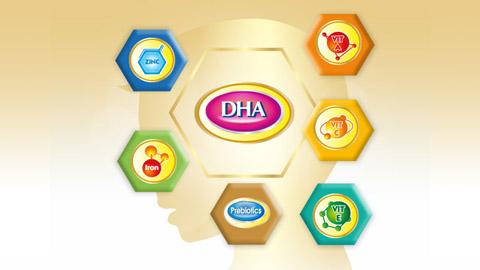All child have their own timetable, but you can watch for certain developments in your 1-year-old. Celebrate with your child as he reaches or nears these milestones.
 Cognitive
Cognitive
-
Begins to have a sense of time (nap after lunch, bath before bed)
-
Actively explores objects by touching and moving (shaking, banging, throwing)
-
Has a good understanding of object permanence (things he can’t see are still there)
-
Searches for hidden items; puts things in and takes them out of containers
-
Continues to explore and gain an understanding of the proper use of objects (sweeping with a broom, pointing a remote at the TV)
-
Begins to enjoy pretend play, especially of everyday activities, like pretending to sleep or eat
-
Can follow a simple command (“Give me the spoon”)
-
Points to objects you name (his nose, a picture of a cat in a book)
Motor
-
Pulls self to standingStands upright unsupported, at least briefly
-
Cruises using furniture for support (takes steps while holding on)
-
May even walk fairly well
-
Climbs up stairs; scoots downClaps hands
-
Drinks from a cup
-
Feeds self with hands
-
Waves
-
May be able to pick up a small object with good accuracy
-
Still releases objects from hands without much control
-
May scribble with a fat crayon
Communication
-
Uses at least one to two words around first birthday
-
Understands around 70 words by first birthday
-
Uses an average of 10 words by 15 months
-
May have larger vocabulary (varies widely)
-
Responds to questions and requests (“Want more?” “Come here.”)
-
May show interest in picture books (connecting words and images)
Social
-
Cries or becomes upset when parent leaves
-
Begins to show fear in some situations
-
May alternately cling to and pull away from you
-
May show preference for one particular transitional object (such as a blanket) for comfort
-
Shows preferences for certain people and things
-
Beginning to understand he’s a separate person from you with his own preferences, feelings, and ideas
-
May say “no” to express frustration
-
May show empathy (for example, patting your back when you’re upset)
-
Prefers parallel play (playing next to, rather than with, another child)




